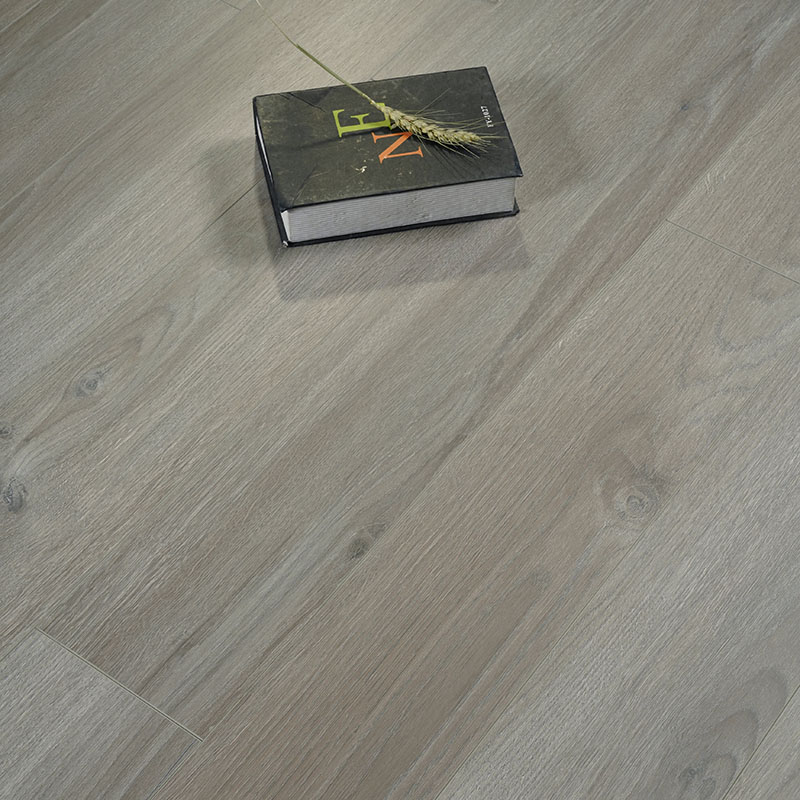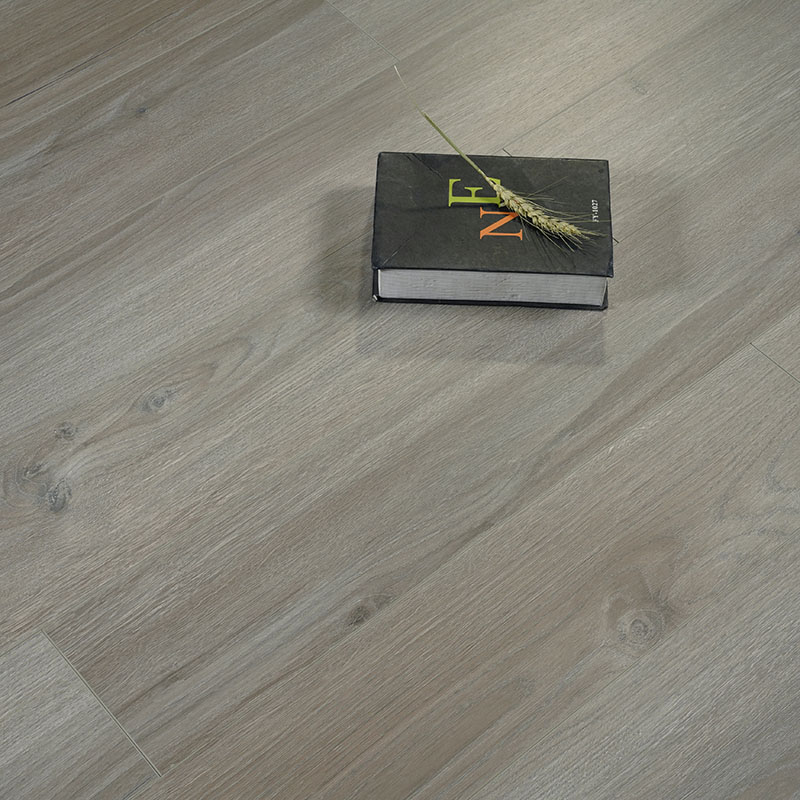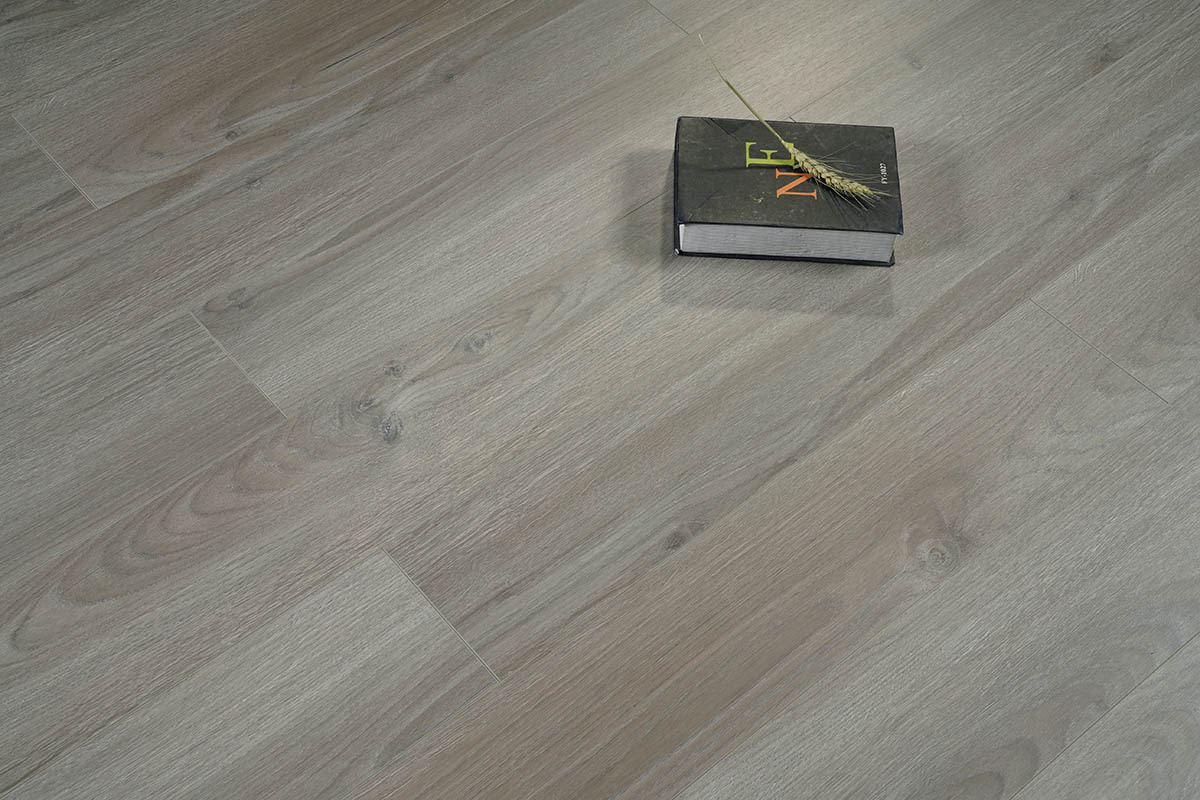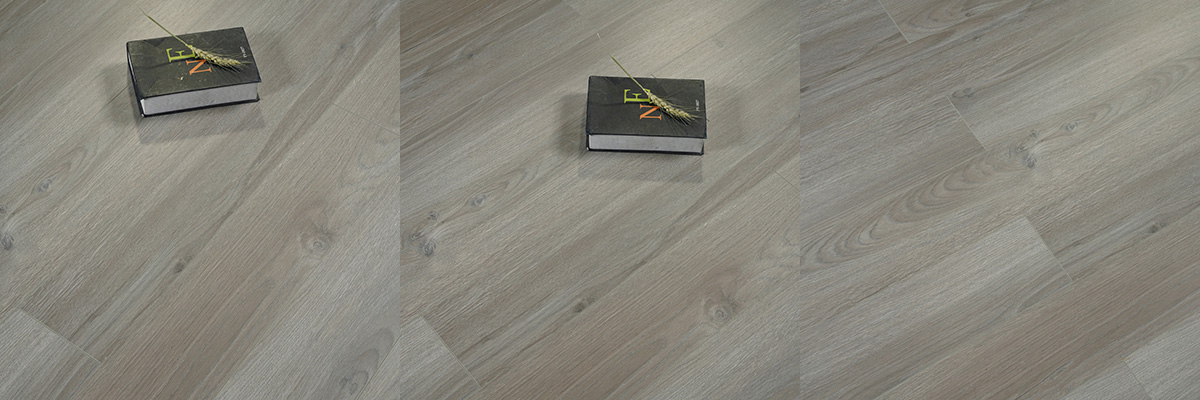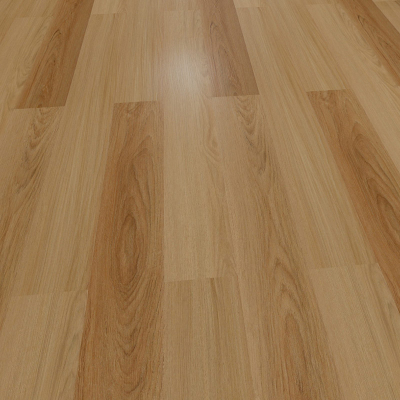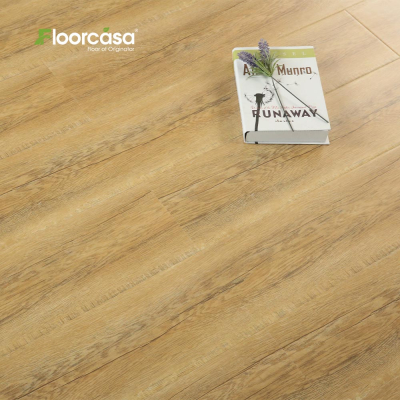Real Hardwood Floor Engineered Flooring Oak Flooring
Engineered oak flooring offers significant benefits:
Authentic Appearance: Real oak surface enhances interior aesthetics.
Dimensional Stability: Multi-layer design resists warping and cupping.
Durability: High surface hardness and resistance to scratches.
Versatility: Suitable for basements, kitchens, and over underfloor heating systems.
Sustainable: Uses less solid hardwood per plank, conserving natural resources.
Low Maintenance: Easy cleaning, with periodic refinishing extending lifespan.
Real hardwood engineered oak flooring combines the natural beauty of solid oak with enhanced structural stability. Engineered flooring is designed for modern residential and commercial applications, offering durability, aesthetic versatility, and compliance with engineering and safety standards. This article provides a detailed overview of materials, installation methods, regulatory considerations, and maintenance protocols.
Material Composition and Properties
Engineered oak flooring consists of multiple layers:
Wear Layer (Oak Veneer): Typically 2–6 mm thick, providing authentic wood appearance and texture.
Core Layer(s): Cross-laminated plywood or HDF, providing dimensional stability and resistance to expansion or contraction.
Backing Layer: Balances the structure, prevents warping, and supports overall load distribution.
Key Technical Properties:
Moisture Resistance: Engineered layers reduce risk of cupping and swelling; moisture content ~6–9%.
Dimensional Stability: Multi-layer construction minimizes expansion (coefficient ~0.04–0.06 mm/m·°C).
Load-Bearing Capacity: Can support domestic and light commercial traffic without permanent deformation.
Surface Hardness: Oak Janka hardness ~1,200 lbf, providing excellent wear resistance.
Fire Rating: Complies with domestic building fire codes, usually Bfl-s1.
Installation Methods
Engineered oak flooring supports multiple installation methods:
Floating Installation: Click-lock or tongue-and-groove systems over underlayment; allows for expansion gaps of 8–12 mm.
Glue-down Method: Recommended for concrete subfloors to enhance adhesion and reduce movement.
Nail/Staple Installation: Suitable for wooden subfloors; ensures a permanent fixture.
Engineering Considerations:
Ensure subfloor flatness: deviation ≤3 mm per 2 m.
Acclimate flooring to room temperature and humidity for 48–72 hours before installation.
Avoid direct water exposure; maintain indoor humidity 40–60% for optimal performance.
Regulatory Compliance and Standards
EN 13489 / EN 14342: European standards for engineered wood flooring, covering dimensions, performance, and durability.
ASTM D4442: Moisture content measurement for wood products.
Indoor Air Quality Standards (e.g., CARB Phase 2): Ensures low VOC emissions for healthy indoor environments.
Operational and Maintenance Guidelines
Clean using a microfiber mop or vacuum without a beater bar.
Avoid excessive water or steam cleaners to prevent layer separation.
Refinish or sand the wear layer periodically, depending on thickness, to extend lifespan.
Advantages and Benefits
Engineered oak flooring offers significant benefits:
Authentic Appearance: Real oak surface enhances interior aesthetics.
Dimensional Stability: Multi-layer design resists warping and cupping.
Durability: High surface hardness and resistance to scratches.
Versatility: Suitable for basements, kitchens, and over underfloor heating systems.
Sustainable: Uses less solid hardwood per plank, conserving natural resources.
Low Maintenance: Easy cleaning, with periodic refinishing extending lifespan.
Example Applications
Residential living rooms, hallways, and bedrooms
Office spaces or commercial interiors
Rooms with moderate moisture exposure
Common Questions (FAQ)
Q1: Can engineered oak flooring be installed in basements?
A1: Yes, when a moisture barrier is used, engineered flooring resists cupping better than solid hardwood.
Q2: How thick should the wear layer be?
A2: Typically 2–6 mm; thicker layers allow multiple refinishing cycles.
Q3: Is underfloor heating compatible?
A3: Yes, engineered oak tolerates temperatures up to 27°C when installed properly.
Q4: What is the expected lifespan?
A4: With proper maintenance, engineered oak can last 20–50 years, depending on wear layer thickness and usage.
Conclusion and Call to Action
Engineered oak flooring provides an optimal combination of elegance, durability, and structural stability for modern homes. We recommend selecting high-quality planks meeting international standards, following correct installation procedures, and adhering to maintenance guidelines. For technical advice or personalized flooring solutions, contact our team to ensure superior performance and longevity.
| Application |
Application :Home ,School, Restaurant, Church, Exhibition, Hospital And Othercommercial And Residential Interior Spaces.



